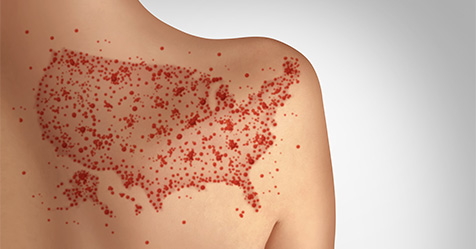Coastal Ecosystem Thriving on Great Pacific Garbage Patch
The coastal creatures are living and reproducing amongst 1.8 trillion pieces of ocean plastic.
A recently released study in the Nature Ecology & Evolution journal has revealed that surprisingly resilient coastal sea life communities have been living and even thriving within what’s known as the Great Pacific Garbage Patch—620,000 square miles of discarded plastic waste floating in the Pacific Ocean.
According to an article by CNN, the study indicated that coastal communities of creatures including anemones, crabs, and other invertebrate organisms have been able to survive and reproduce amongst the plastic trash.
Lindsey Haram, a science fellow at the National Institute of Food and Agriculture and lead author of the study, told CNN, “It was surprising to see how frequent the coastal species were. They were on 70% of the debris that we found.”
Back in 2021, as reported by CMMOnline, more than 63,000 pounds of trash, including a refrigerator, toilet seats, toothbrushes, VHS tapes, golf balls, shoes, and fishing gear, were removed from the Great Pacific Garbage Patch, which, despite its name, isn’t exactly a specifically defined space. Instead, according to U.S. National Oceanic and Atmospheric Administration (NOAA), while higher concentrations of litter items can be found in this area, much of the debris is actually small pieces of floating plastic, continuously mixed by wind and wave action and widely dispersed over huge surface areas. Most of the plastic is not immediately evident to the naked eye.
According to CNN, how the coastal creatures managed to get out into the open ocean and survive among the plastic trash is still unclear, and Haram said that the consequences of introducing such species to that area of the ocean aren’t fully known.
“There’s likely competition for space, because space is at a premium in the open ocean, there’s likely competition for food resources—but they may also be eating each other. It’s hard to know exactly what’s going on, but we have seen evidence of some of the coastal anemones eating open ocean species, so we know there is some predation going on between the two communities,” she told CNN.


